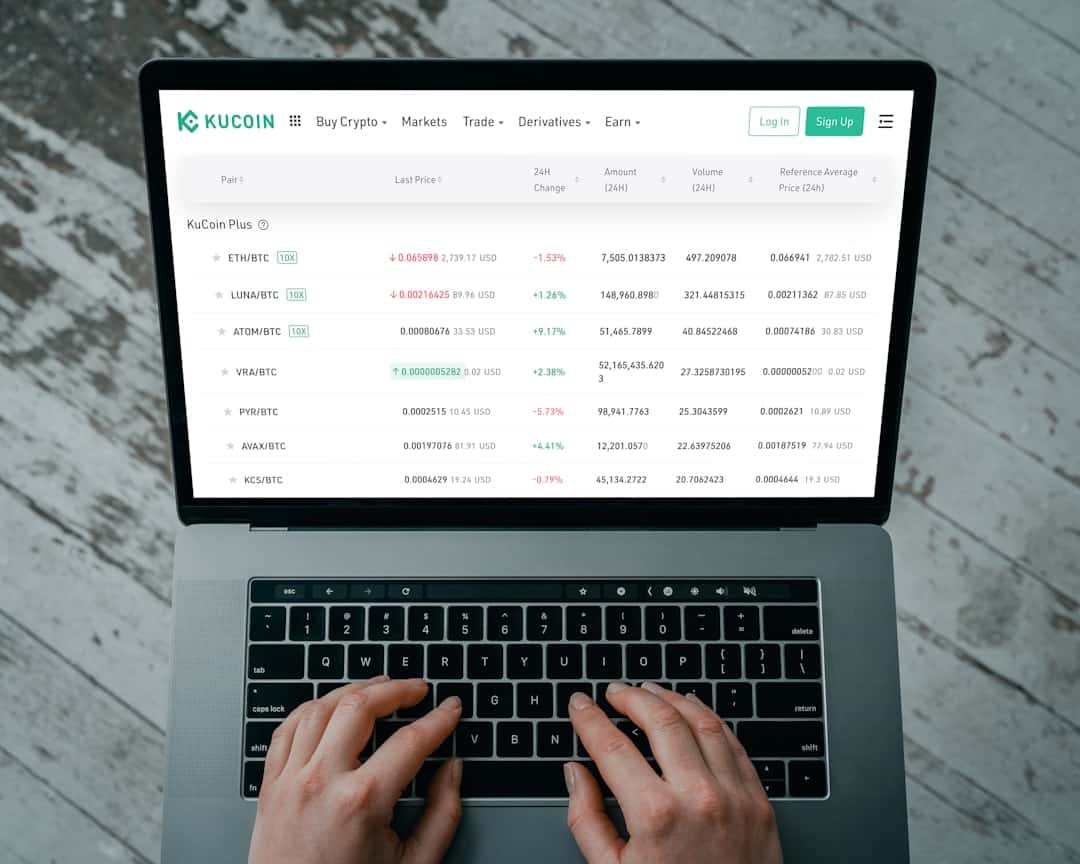Healthcare cybersecurity is critical in the modern digital era, as the healthcare sector increasingly relies on technology for patient data management and storage. The widespread adoption of electronic health records (EHRs) and telemedicine has heightened the need to protect patient information from cyber threats. Healthcare organizations bear the responsibility of safeguarding sensitive patient data, including medical records, personal information, and financial details, from cyber attacks and breaches.
A compromise in healthcare Cybersecurity not only violates patient privacy but also endangers their safety and well-being. Consequently, it is essential for healthcare providers to prioritize cybersecurity measures to ensure the confidentiality, integrity, and availability of patient data. Beyond protecting patient data, healthcare cybersecurity plays a vital role in maintaining patient trust and confidence.
Patients entrust healthcare providers with their most personal and sensitive information when seeking medical treatment. A cybersecurity breach can erode trust and confidence in the healthcare organization, potentially leading to legal and financial consequences. Furthermore, cyber attacks can disrupt healthcare operations, causing delays in patient care and potentially compromising patient safety.
Therefore, investing in robust cybersecurity measures is not only a legal and ethical obligation for healthcare organizations but also a fundamental aspect of delivering high-quality patient care.
Key Takeaways
- Healthcare cybersecurity is crucial for protecting patient data and ensuring the safety and privacy of individuals’ health information.
- Common cybersecurity threats in healthcare include ransomware attacks, phishing scams, and insider threats that can compromise patient data and disrupt healthcare operations.
- Strategies for protecting patient data include implementing strong encryption, regularly updating security measures, and providing cybersecurity training for healthcare staff.
- Healthcare providers play a critical role in cybersecurity by implementing robust security measures, conducting regular risk assessments, and fostering a culture of security awareness among staff.
- Regulatory compliance, such as HIPAA, is essential for ensuring patient data protection, and healthcare organizations must stay updated on the latest regulations and standards to maintain compliance.
- The future of healthcare cybersecurity will involve advancements in technology, such as AI and machine learning, to better detect and prevent cyber threats in real-time.
- Resources for healthcare organizations to enhance cybersecurity include partnering with cybersecurity experts, utilizing secure communication platforms, and investing in advanced security solutions.
Common Cybersecurity Threats in Healthcare
Ransomware Attacks: A Growing Concern
One of the most common threats is ransomware, a type of malware that encrypts data and demands a ransom for its release. Ransomware attacks on healthcare organizations can disrupt operations, leading to potential harm to patients and significant financial losses.
Phishing Attacks and Insider Threats
Phishing attacks are also prevalent in the healthcare sector, where cybercriminals use deceptive emails or websites to trick employees into revealing sensitive information or downloading malicious software. These attacks can result in unauthorized access to patient data and compromise the integrity of healthcare systems. Insider threats, where employees or trusted individuals within the organization intentionally or unintentionally misuse their access to patient data, are another significant cybersecurity threat in healthcare.
Vulnerabilities in Medical Devices and Equipment
Vulnerabilities in medical devices and equipment pose a significant threat to healthcare cybersecurity. As more medical devices become connected to the internet, they become potential targets for cyber attacks, putting patient safety at risk.
It is essential for healthcare organizations to be aware of these common cybersecurity threats and implement robust security measures to mitigate the risks associated with them.
Strategies for Protecting Patient Data

To protect patient data from cybersecurity threats, healthcare organizations must implement comprehensive strategies that address the various aspects of cybersecurity. One essential strategy is to conduct regular risk assessments to identify potential vulnerabilities in the organization’s systems and processes. By understanding the potential risks, healthcare providers can develop targeted security measures to protect patient data effectively.
Additionally, implementing strong access controls and authentication mechanisms can help prevent unauthorized access to patient information. This includes using multi-factor authentication, role-based access controls, and regular monitoring of user activities. Encryption is another critical strategy for protecting patient data, as it ensures that sensitive information remains unreadable to unauthorized parties even if it is intercepted.
Healthcare organizations should encrypt data both at rest and in transit to maintain its confidentiality and integrity. Furthermore, implementing robust security awareness training for employees is essential in preventing social engineering attacks and phishing attempts. By educating staff about cybersecurity best practices and potential threats, healthcare organizations can empower employees to recognize and respond to security risks effectively.
The Role of Healthcare Providers in Cybersecurity
| Healthcare Provider | Cybersecurity Role |
|---|---|
| Hospitals | Implementing secure data storage and access protocols |
| Doctors | Ensuring patient data privacy and confidentiality |
| Nurses | Recognizing and reporting potential cybersecurity threats |
| Pharmacists | Protecting electronic prescription systems from cyber attacks |
Healthcare providers play a pivotal role in ensuring the cybersecurity of patient data within their organizations. It is essential for healthcare providers to take an active role in promoting a culture of cybersecurity awareness and accountability among their staff. This includes providing ongoing training and education on cybersecurity best practices, as well as establishing clear policies and procedures for handling patient data securely.
Additionally, healthcare providers should regularly assess their organization’s cybersecurity posture and invest in the necessary resources to address any identified vulnerabilities or gaps in security. Furthermore, healthcare providers must prioritize the implementation of secure technology solutions that comply with industry standards and best practices for protecting patient data. This includes leveraging secure EHR systems, implementing strong access controls, and regularly updating software and systems to address known vulnerabilities.
Healthcare providers should also collaborate with IT professionals and cybersecurity experts to stay informed about emerging threats and best practices for mitigating cybersecurity risks. By taking an active role in cybersecurity efforts, healthcare providers can demonstrate their commitment to protecting patient data and maintaining the trust of their patients.
Regulatory Compliance and Patient Data Protection
Regulatory compliance is a critical aspect of patient data protection in healthcare, as it sets forth legal requirements for safeguarding sensitive information. Healthcare organizations must adhere to regulations such as the Health Insurance Portability and Accountability Act (HIPAA) and the General Data Protection Regulation (GDPR) to ensure the privacy and security of patient data. Compliance with these regulations involves implementing specific security measures, conducting regular risk assessments, and maintaining documentation of security policies and procedures.
In addition to regulatory compliance, healthcare organizations must also prioritize ethical considerations when handling patient data. This includes obtaining informed consent from patients for the collection and use of their data, as well as ensuring transparency about how their information will be protected. Healthcare providers should also establish clear protocols for responding to data breaches and communicating with affected patients in a timely and transparent manner.
By prioritizing both regulatory compliance and ethical considerations, healthcare organizations can demonstrate their commitment to protecting patient data and upholding the highest standards of privacy and security.
The Future of Healthcare Cybersecurity

The future of healthcare cybersecurity will continue to evolve as technology advances and cyber threats become more sophisticated. Healthcare organizations will need to adapt to emerging trends such as the Internet of Medical Things (IoMT) and artificial intelligence (AI) in healthcare, which present new opportunities for improving patient care but also introduce new security challenges. As more medical devices become connected to the internet, healthcare organizations will need to implement robust security measures to protect these devices from cyber attacks and ensure the safety of patients.
Furthermore, the use of AI in healthcare presents both opportunities and challenges for cybersecurity. While AI has the potential to enhance diagnostic capabilities and improve patient outcomes, it also introduces new risks related to data privacy and algorithmic bias. Healthcare organizations will need to invest in AI technologies that prioritize security and privacy by design, as well as develop policies and procedures for ethical AI use.
Additionally, as telemedicine continues to expand, healthcare organizations will need to address the unique cybersecurity challenges associated with remote patient care delivery.
Resources for Healthcare Organizations to Enhance Cybersecurity
Healthcare organizations have access to a variety of resources to enhance their cybersecurity posture and protect patient data effectively. One valuable resource is the Health Information Trust Alliance (HITRUST), which provides a comprehensive framework for managing security risks and compliance with industry regulations. HITRUST offers tools and resources for healthcare organizations to assess their security posture, develop risk management strategies, and achieve certification for meeting industry standards.
Additionally, healthcare organizations can leverage the expertise of cybersecurity professionals through partnerships with managed security service providers (MSSPs) or consulting firms specializing in healthcare cybersecurity. These professionals can offer tailored guidance on implementing security best practices, conducting risk assessments, and responding to cyber threats effectively. Furthermore, industry-specific publications and conferences provide valuable insights into emerging cybersecurity trends and best practices for protecting patient data.
In conclusion, healthcare cybersecurity is essential for protecting patient data from a wide range of cyber threats and maintaining the trust of patients. By implementing robust security measures, prioritizing regulatory compliance, and staying informed about emerging trends in cybersecurity, healthcare organizations can effectively safeguard sensitive information and ensure the confidentiality, integrity, and availability of patient data. As technology continues to advance, healthcare providers must remain vigilant in addressing evolving cybersecurity challenges and leveraging available resources to enhance their security posture.
If you’re interested in the intersection of technology and healthcare, you may want to check out this article on blockchain technology and its potential impact on healthcare cybersecurity. Blockchain has the potential to revolutionize the way healthcare data is stored and secured, offering a new level of protection against cyber threats.
FAQs
What is healthcare cybersecurity?
Healthcare cybersecurity refers to the practice of protecting sensitive patient data and healthcare information from unauthorized access, use, or disclosure. It involves implementing security measures to safeguard electronic health records, medical devices, and other healthcare systems from cyber threats.
Why is healthcare cybersecurity important?
Healthcare cybersecurity is important because the healthcare industry is a prime target for cyber attacks due to the valuable personal and medical information it holds. A breach in healthcare cybersecurity can lead to compromised patient data, financial loss, damage to the organization’s reputation, and even potential harm to patients.
What are the common cyber threats in healthcare?
Common cyber threats in healthcare include ransomware attacks, phishing scams, malware infections, insider threats, and unauthorized access to patient records. These threats can disrupt healthcare operations, compromise patient privacy, and lead to financial and legal consequences for healthcare organizations.
How can healthcare organizations improve cybersecurity?
Healthcare organizations can improve cybersecurity by implementing robust security measures such as encryption, access controls, regular security training for staff, network monitoring, and the use of advanced threat detection technologies. It is also important to stay updated with the latest security best practices and compliance regulations.
In the United States, healthcare organizations are required to comply with the Health Insurance Portability and Accountability Act (HIPAA) which sets standards for the protection of sensitive patient information. Additionally, the Health Information Technology for Economic and Clinical Health (HITECH) Act provides incentives for the adoption of electronic health records and includes provisions for healthcare cybersecurity.











Leave a Reply